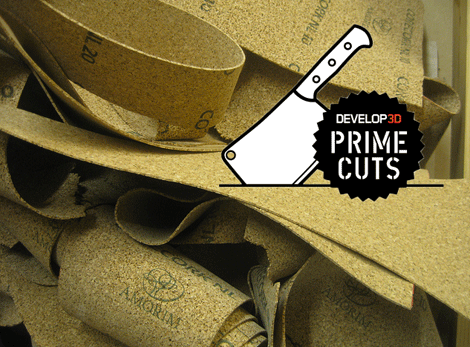
We rather like surfing, despite none of us being surfers – the crashing of waves; the salt-air; the ill-fitting and hardly flattering wetsuits – but it’s the boards we like best.
We also like sustainability in our design, and few products are as sustainable as cork (a reason why wine producers are returning to the wooden stoppers of old), so a marriage of both is this British creation.
Cork Surfboards are setting out to provide affordable, environmentally friendly alternatives to conventional surfboards without sacrificing performance or durability.
Natural benefits of cork include its low density (light weight compared to other types of wood), high compressibility and flexibility (capable of being compressed to about half its width without losing any flexibility – it is the only solid that can be compressed in one dimension without increasing in another dimension), elastic memory (the closed cushion-like cork cells display excellent elastic memory), and it performs well in water (practically water resistant, even when it does get wet, it maintains its strength and stiffness).
At the moment they are made in small production runs in the following process from the firm’s Bristol workshop using Portuguese cork.
– First the board is designed in Rhino 3D, in one of the six current styles, ready for CNC machining.
– Once a model has been machined, it is then tweaked and adjusted before it goes back into the CAD packcage, where two half female moulds are created.
– Moulds are prepared for the next stage, with pre-cut the materials hand laminated inside the mould and then all of the components are compressed by atmospheric pressure against the mould surface.
– The ‘materials’ are predominantly cork, but there’s a layer of Kevlar added for extra strength.
– Although the vacuum bagging process can be considered time consuming, it produces a composite with an excellent strength-to-weight ratio as all of the excess resin is driven out of the composite.
– Due to the porous nature of cork, the fabrics used in the sandwich construction are interlinked by resin bridges, which means that there is very little chance of de-lamination.
– The moulded halves are trimmed and the stringer and fin boxes are installed before the two halves are glued together and the board is sanded.
– Additional strips of cork are added where necessary and the board is fine shaped by hand.
– Last but not least, it is laminated, gets hot and gloss coats, sanded and finally polished.
– The durability of the cork boards is such that, in the long term, they should and will outlast any ‘foamie’ board.








